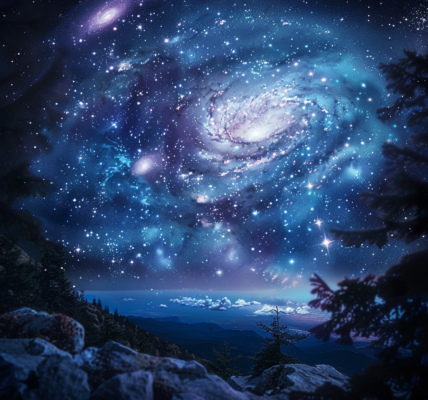The Lyrid meteor shower, one of the oldest known meteor showers, is set to light up the night sky starting next week. This annual event will begin on Monday and continue through April 29, with its peak expected in the late evening of April 21 through dawn on April 22.
First recorded by the Chinese in 687 BC, the Lyrid meteor shower is a spectacle that can be observed by people across the world. As small rocks known as meteoroids enter the Earth’s atmosphere, they burn up, creating a tail of debris and producing meteors. Those that survive the journey and hit the Earth’s ground are called meteorites.
Known for their fast meteors, the Lyrids can surprise watchers with as many as 100 meteors seen per hour, although the average is typically 10-20 meteors per hour during their peak. While not as fast or plentiful as the famous Perseids in August, the Lyrids still have the potential to produce the occasional bright flash called a fireball.
For the best view of the Lyrid meteor shower in the Northern Hemisphere, NASA recommends finding an area well away from city lights or street lights and lying flat on your back with your feet facing east. After about 30 minutes in the dark, your eyes should adapt, and you should begin to see meteors.
So, mark your calendars and prepare to witness this stunning celestial event that has captivated sky gazers for centuries.





